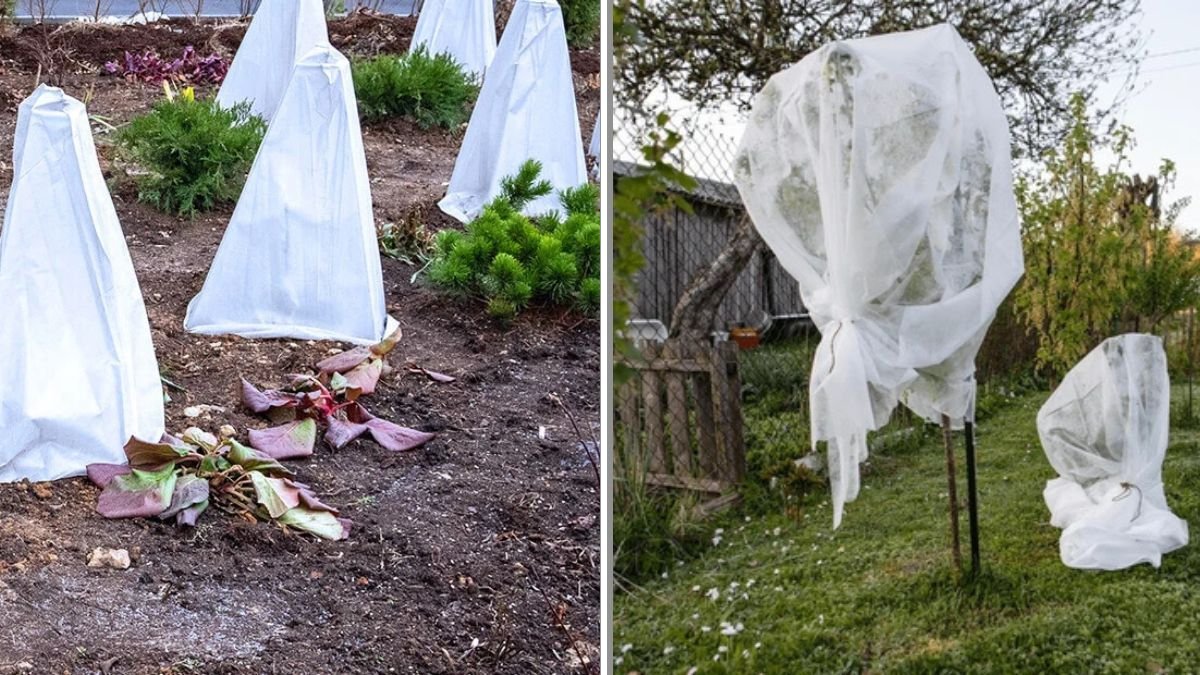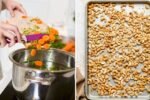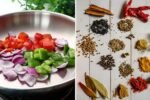Few things are more discouraging for gardeners and orchard owners than seeing tender blossoms on fruit trees shrivel after a late spring frost. Just when apple, peach, cherry, or pear trees are ready to set fruit, a sudden cold snap can damage buds and flowers, leading to a disappointing harvest.
Fortunately, there are several effective strategies you can use to protect your trees. With a little preparation and quick action, you can minimize frost damage and give your fruit trees a much better chance at producing a healthy crop.
Here’s a detailed guide on how to safeguard fruit trees from those unpredictable late spring frosts.
Why Frost Is So Dangerous for Fruit Trees
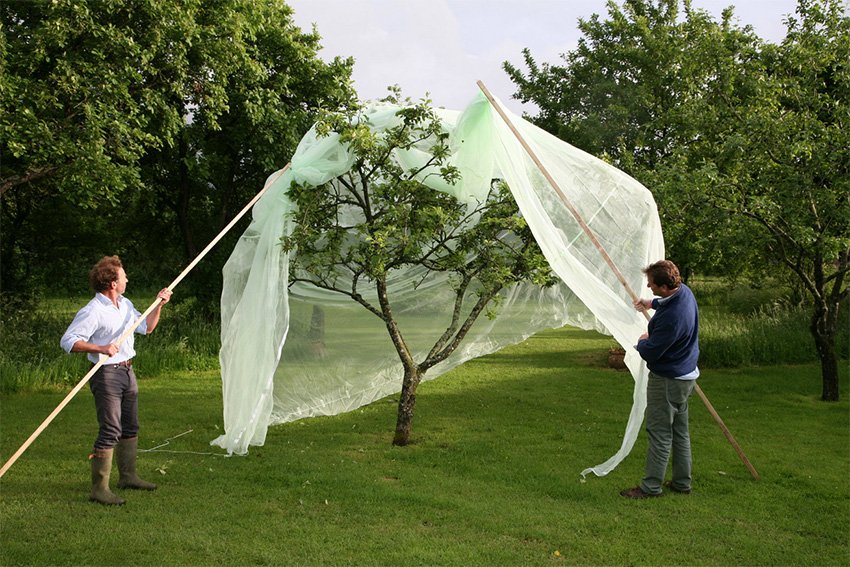
During late spring, fruit trees are in their most vulnerable stage. Buds swell, blossoms open, and pollination begins. A frost at this time can:
- Kill or damage delicate blossoms
- Prevent pollination and fruit set
- Cause blackened, wilted flowers and young leaves
- Reduce yields significantly for the season
Even temperatures just below freezing—around 28°F (–2°C)—can harm blossoms depending on their stage of development.
Step 1: Choose the Right Location
Prevention begins long before frost is on the forecast. When planting new fruit trees, location matters.
- Avoid frost pockets: Cold air sinks, so low-lying areas are more prone to frost damage.
- Plant on slopes: Gentle slopes promote air drainage, keeping frost from settling.
- Good air circulation: Avoid planting too close together or near dense structures that trap cold air.
If you already have trees in a frost-prone area, you can still use protective techniques, but location gives you a strong advantage.
Step 2: Monitor Weather Closely
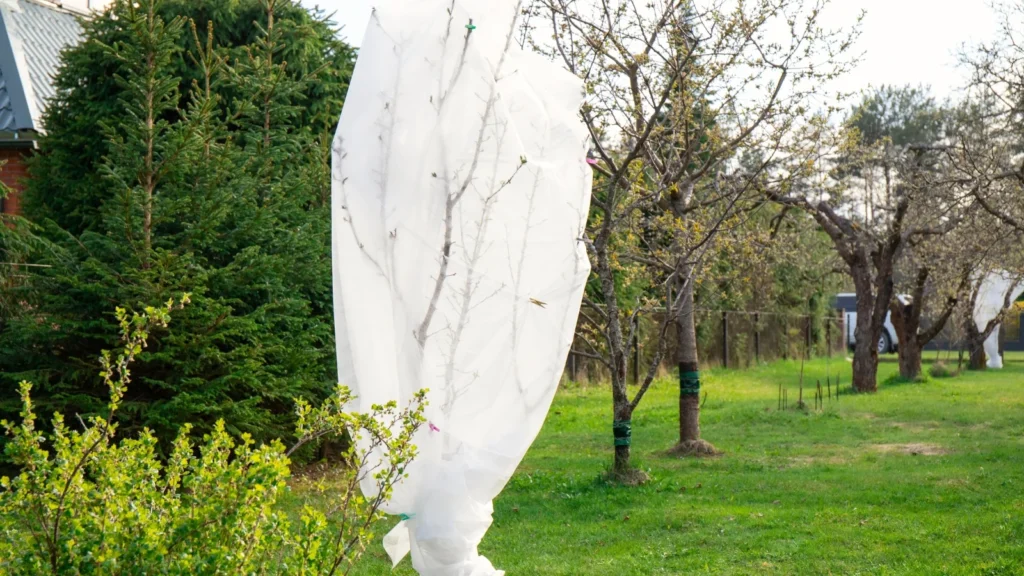
Late frosts are often sudden. Stay alert to local forecasts and use a minimum-maximum thermometer in your yard to track conditions.
- Critical temperature: Most fruit blossoms are at risk when temperatures dip below 29°F (–1.6°C).
- Watch for clear nights: Frost is more likely on still, cloudless nights after warm days.
Being prepared in advance is the key to protecting your crop.
Step 3: Use Protective Covers
One of the simplest and most effective ways to protect trees is with covers.
- Frost cloths, row covers, or old sheets: Drape these over small trees, securing edges to the ground to trap warmth.
- Plastic covers: Use cautiously—plastic can trap condensation and freeze blossoms if it touches them. Always support it with stakes.
- Remove covers in the morning: To prevent overheating and allow pollinators access.
For dwarf and young trees, frost cloths can make the difference between a lost harvest and a successful one.
Step 4: Water the Soil Before Frost
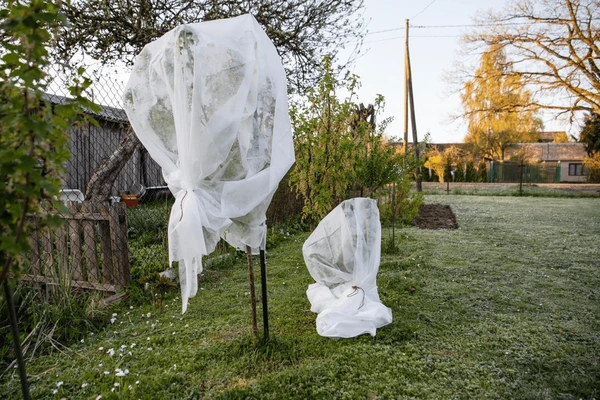
It may sound surprising, but moist soil holds more heat than dry soil. Watering the ground around your fruit trees the day before a frost can:
- Increase soil heat retention
- Slowly release warmth through the night
- Keep the air around the tree slightly warmer
Avoid overwatering directly onto leaves or blossoms—focus on the soil around the root zone.
Step 5: Mulch and Trunk Protection
Mulch helps regulate soil temperature and protect roots. In frost-prone seasons:
- Use straw, wood chips, or compost around the base of the tree.
- Keep mulch a few inches away from the trunk to prevent rot.
- For young trees, wrap trunks with tree guards or burlap for extra insulation.
Step 6: Employ Heat Sources
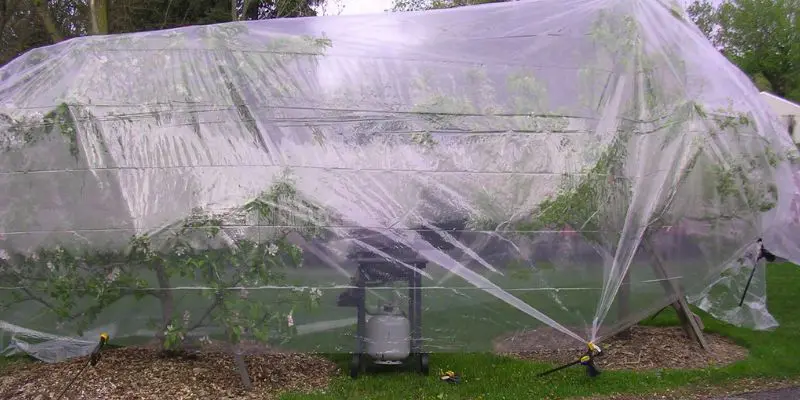
For small orchards or home gardeners, adding a heat source on cold nights can be effective.
- String lights (non-LED): Old-fashioned incandescent bulbs emit enough heat to raise local temperatures slightly.
- Small orchard heaters or firepots: Provide warmth in larger areas but must be monitored for safety.
- Water barrels or jugs: Place near trees; during the day they absorb heat, then release it overnight.
Even a small increase of 2–3°F can protect blossoms from frost injury.
Step 7: Use Wind Machines or Fans
On calm nights, cold air settles near the ground. By moving the air, you can prevent frost pockets from forming.
- Large fans or orchard wind machines: Help mix warmer upper air with cooler ground air.
- Box fans for small trees: Even household fans on an extension cord can help in a pinch.
This technique is especially useful in small home orchards.
Step 8: Delay Bloom with Dormant Sprays
For areas where late frosts are common, some gardeners use dormant oil sprays or growth regulators to slightly delay blooming. Later blossoms mean less risk of frost damage. This is a more advanced strategy best used with guidance from a local extension office.
Step 9: Prune Wisely
Proper pruning keeps trees healthy but avoid heavy pruning in early spring, as it can stimulate premature blooming. A balanced pruning schedule helps ensure blossoms don’t open too early, making them less vulnerable to frost.
Step 10: Know When Damage Has Occurred
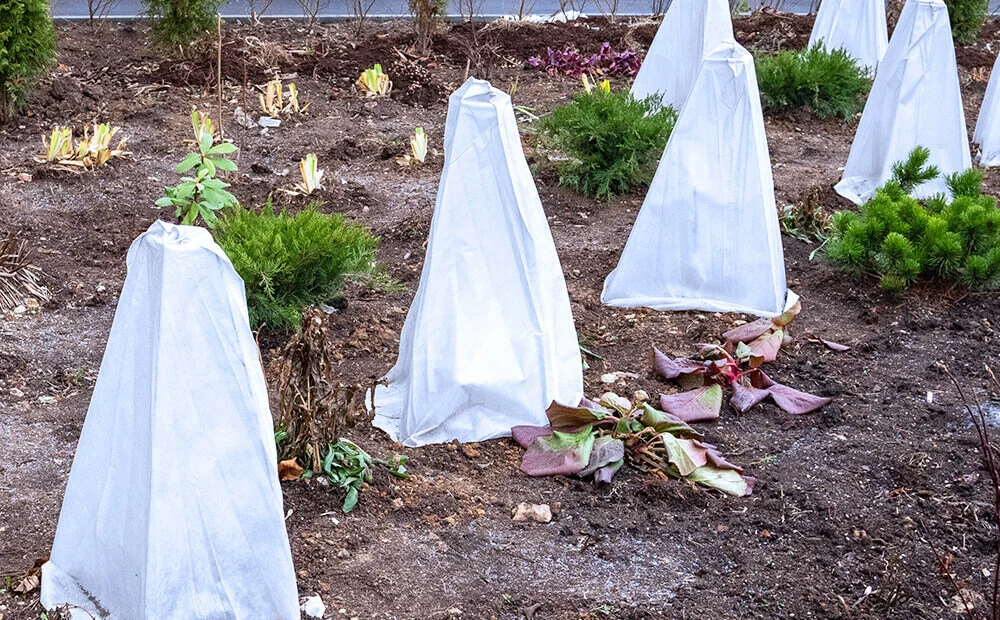
Sometimes, despite your best efforts, frost damage happens. To assess:
- Inspect blossoms the next morning. If the center turns black or brown, that bloom is dead.
- Green centers indicate healthy, surviving buds.
The good news is that many trees produce more blossoms than they need, so losing some doesn’t always mean losing the harvest entirely.
Final Thoughts
Late spring frosts are an unavoidable reality in many climates, but they don’t have to wipe out your fruit harvest. By planting trees in the right location, covering them during frosts, watering wisely, and using simple tools like mulch, lights, or fans, you can dramatically improve your trees’ chances of survival.
Fruit trees are long-term investments in beauty, food, and shade. With vigilance and the right protection methods, you can safeguard your trees through unpredictable spring weather and look forward to baskets of fruit when summer arrives.
